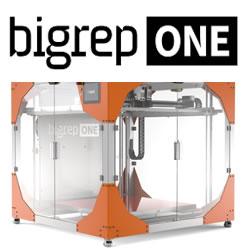New modular AM 'smart factory' from Concept Laser decouples pre-production and production
Peugeot Teams Up With 3D Printing Startup for Parts and Possibly Full Cars
3D printed designs easily stolen by nearby smartphone
GE speeds up 3D printing push with bids for SLM, Arcam
This new 3D-printing pen draws with wood, copper, and bronze
Oak Ridge tool takes world record for largest 3D-printed object
Going Beyond 3D Printing to Add a New Dimension for Additive Manufacturing
A New Effort to Teach Low-Income Students Marketable Skills
Brookings Report - America's advanced industries: New trends
How 3D Printing Streamlines the Engineering Workflow
Metal additive manufacturing software 'Amphyon' uses simulations to offset printing distortions
This Time, 3D Printer Makers Think They Found a Sweet Spot
3D Hubs, an online marketplace for local 3D printing, scores $7M Series B
Have we solved the nanomaterials problem?
Norsk setting up industrial scale additive manufacturing plant in New York
Records 331 to 345 of 450
First | Previous | Next | Last
Additive & 3D Printing - Featured Product

